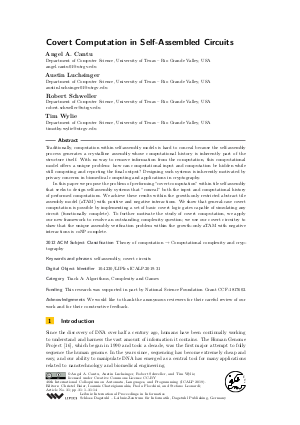LIPIcs.ICALP.2019.31.pdf
- Filesize: 1.61 MB
- 14 pages

 Creative Commons Attribution 3.0 Unported license
Creative Commons Attribution 3.0 Unported license























Feedback for Dagstuhl Publishing